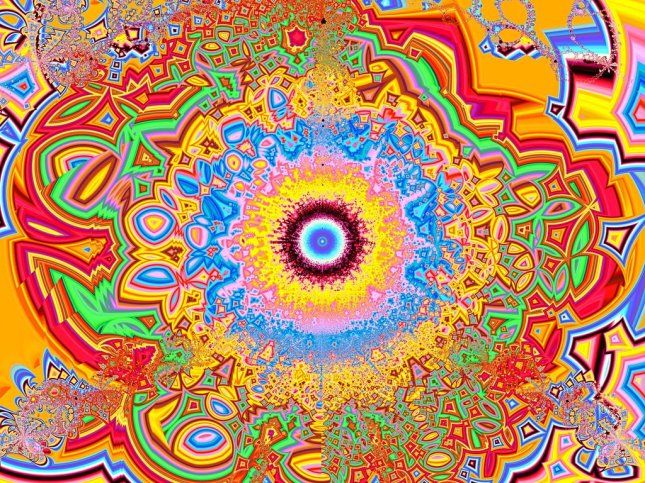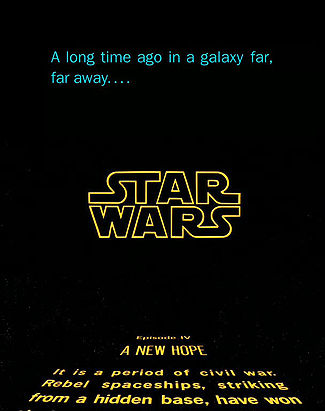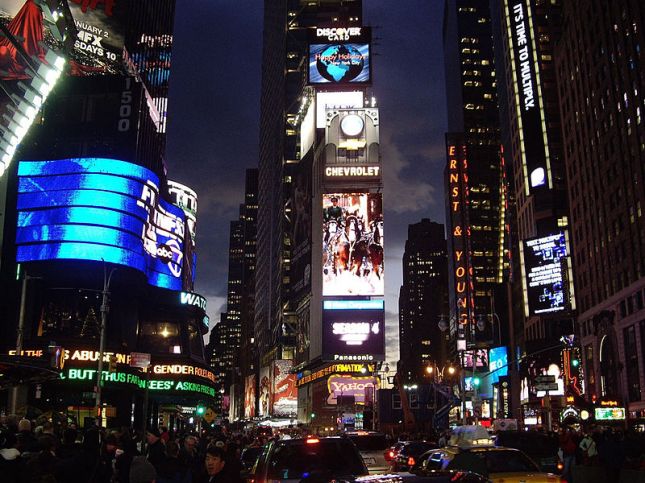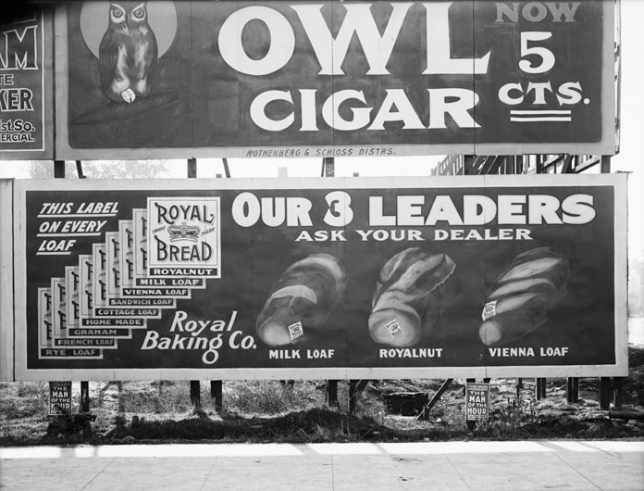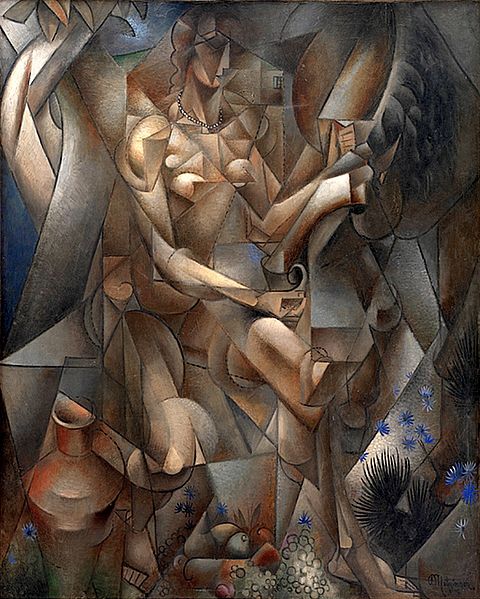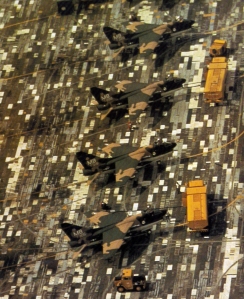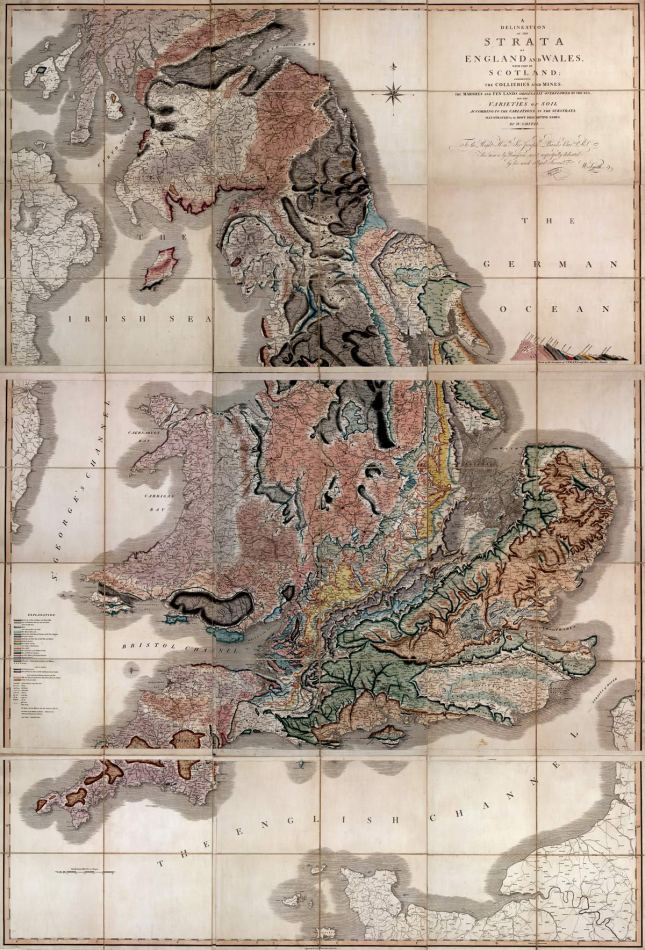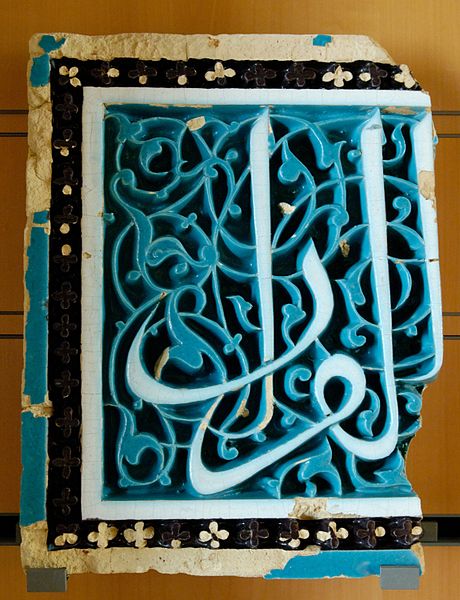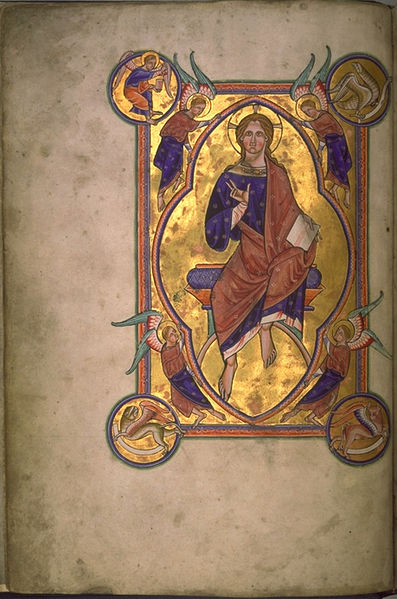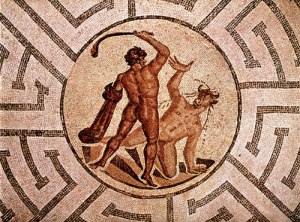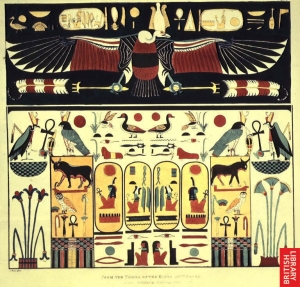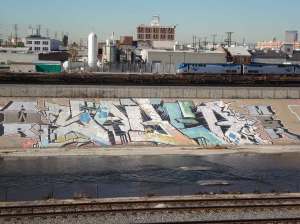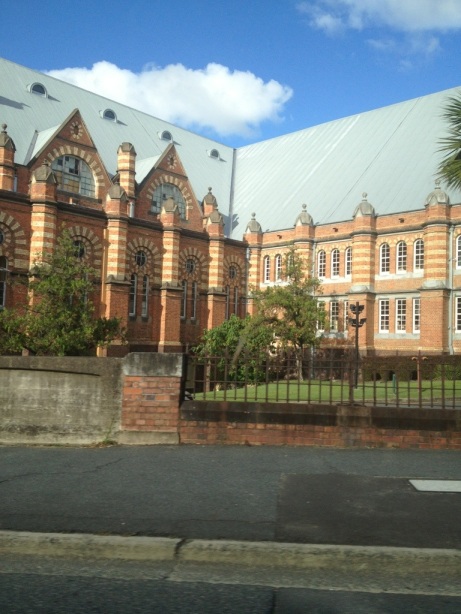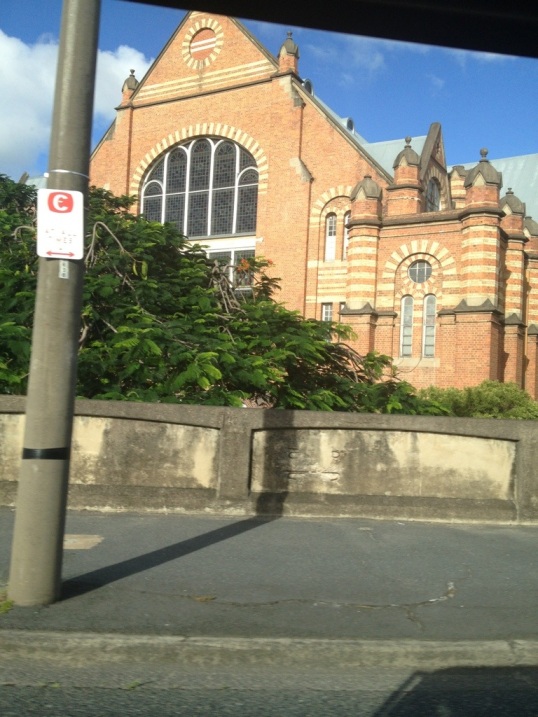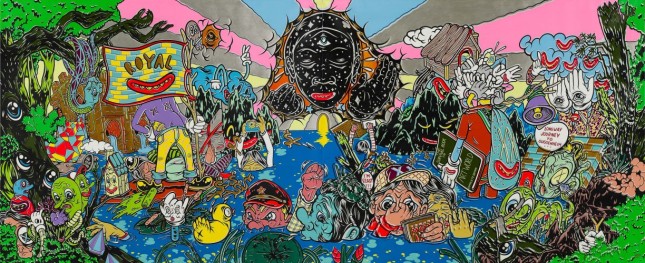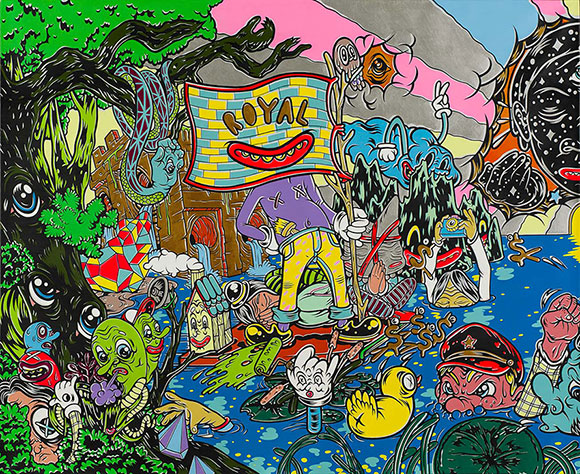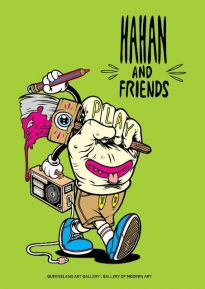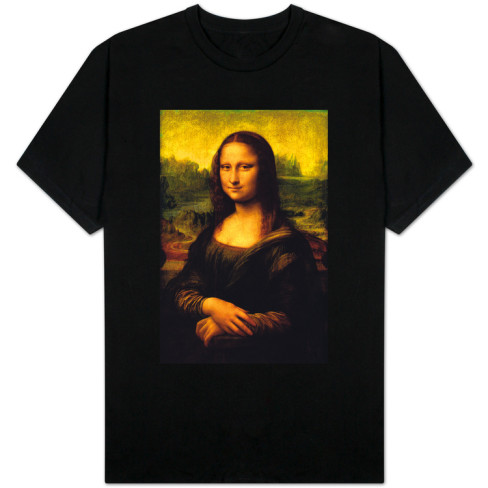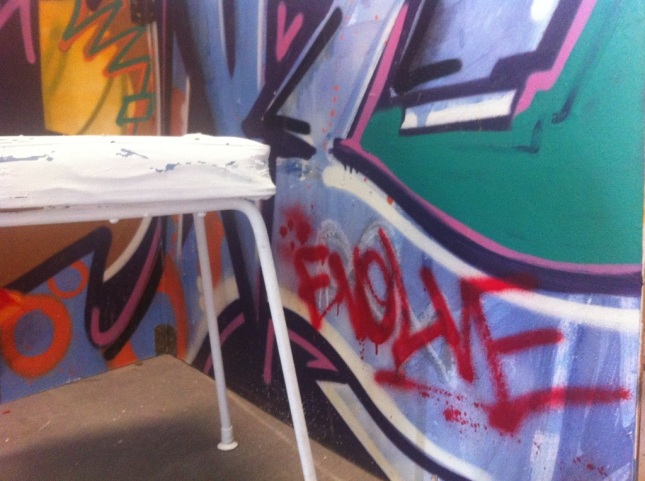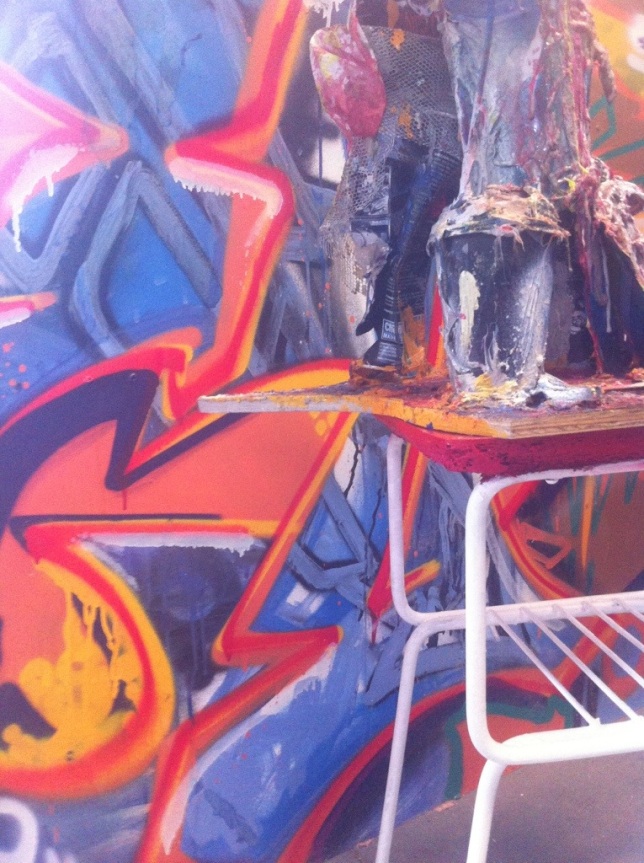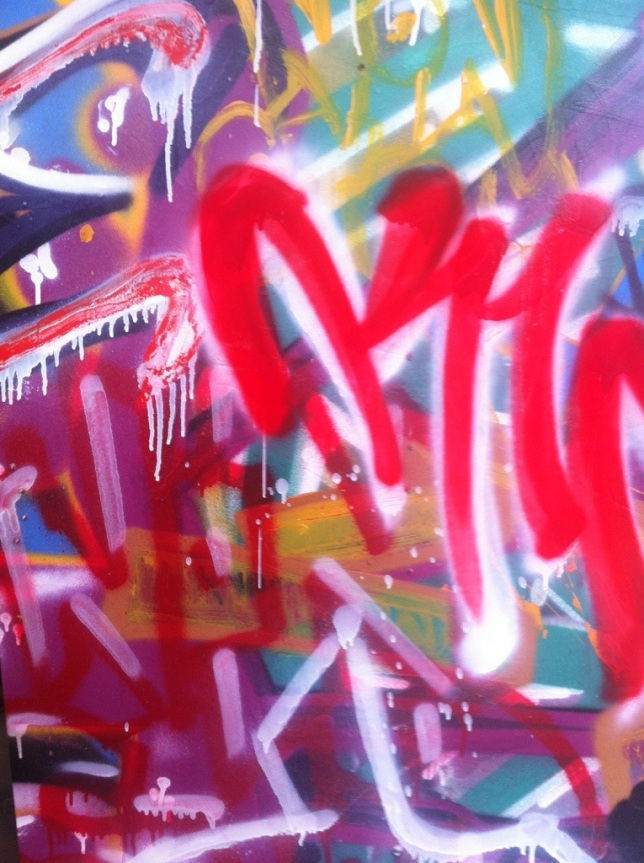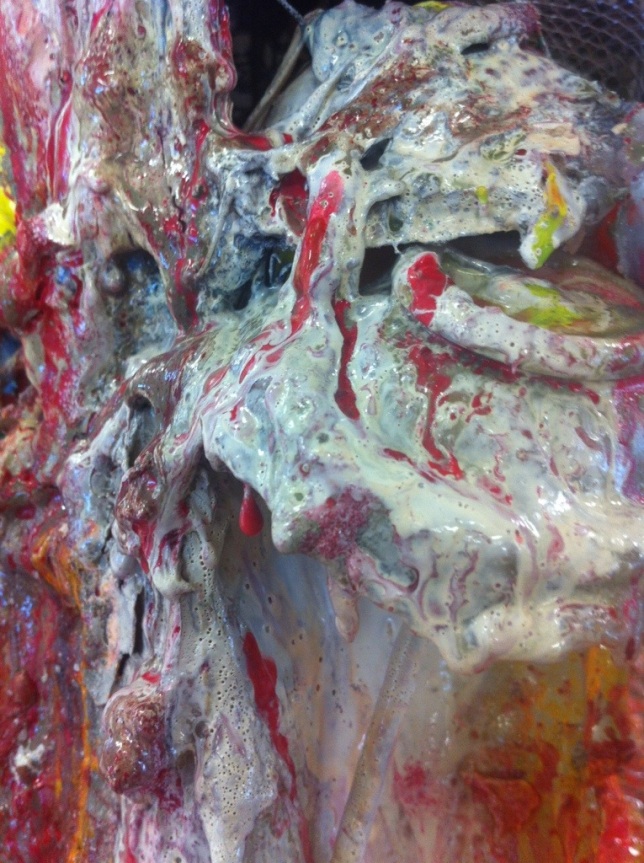Artist- Saber MSK crew,1997,LA River 250ft x 55ft
Content- Tradition Graffiti lettering techniques.
Design- Line, shape, value, colour, size, space
Context- Its sheer size and location.
Media- Initially 367 litres of house paint.
Genre- Graffiti
Audience- Graffiti crews and connected subcultural groups & the government
____________________________________________________________________________________________________________
Post modern connections-
The use of psychedelic drugs became widespread in modern Western culture, particularly in the United States and Britain, in the mid-1960s. The movement is credited to Michael Hollingshead who arrived in America from London in 1965.
Psychedelic artists use highly distorted visuals, cartoons, and bright colors and full spectrums to evoke a sense of altered consciousness. Many artists in the late 1960s and early 1970s attempted to illustrate the psychedelic experience in paintings, drawings, illustrations, and other forms of graphic design.
refer to-http://en.wikipedia.org/wiki/Psychedelia#History
In 1961, a group of students at MIT, including Steve Russell, programmed a game titled Spacewar! on the PDP-1, a new computer at the time.[8] The game pitted two human players against each other, each controlling a spacecraft capable of firing missiles, while a star in the center of the screen created a large hazard for the crafts. The game was eventually distributed with new DEC computers and traded throughout the then-primitive Internet. Spacewar! is credited as the first influential computer game
1975-Each film in the Star Wars series opens with scrolling text which provides an explanation of the backstory and context of the film. It has become associated with the films and has frequently been parodied.
It’s like a poem. I showed the very first crawl to a bunch of friends of mine in the 1970s. It went on for six paragraphs with four sentences each. Brian De Palma was there…”. De Palma helped to edit the text into the form used in the film.[3]
Refer to-http://en.wikipedia.org/wiki/Star_Wars_opening_crawl
Early billboards were basically large posters on the sides of buildings, with limited but still appreciable commercial value. As roads and highways multiplied, the billboard business thrived.
- 1889 – The world’s first 24 sheet billboard was displayed at the Paris Exposition and later at the 1893 World’s Columbian Exposition in Chicago. The format was quickly adopted for various types of advertising, especially for circuses, traveling shows, and movies
- 1908 – The Model T automobile is introduced in the U.S., increasing the number of people using highways and therefore the reach of roadside billboards.
- 1919 – Japanese candy company Glico introduces its building-spanning billboard, the Glico Man
- 1925 – Burma-Shave makes its billboards lining the highways
- 1931 – The Wall Drug billboards start to go up nationwide
- 1960 – The mechanized Kani Doraku billboard is built in Dotonbori, Osaka
- 1965 – The Highway Beautification Act is passed after much campaigning by Lady Bird Johnson
- 1971 – The Public Health Cigarette Smoking Act bans cigarette ads in television and radio, moving that business into billboards
- 1981 – The Supreme Court overturns a San Diego billboard ban, but leaves room open for other cities to ban commercial billboards
- 1986 – Non-television advertising becomes restricted – as now, non-television adverts could not show people smoking. This meant that Benson & Hedges and Silk Cut, amongst other brands – advertised their cigarettes through increasingly indirect and obscure campaigns to a point where they became recognizable.
- 1998 – The four major U.S. tobacco compagnies sign the Tobacco Master Settlement Agreement, which eliminate billboard advertising of cigarettes in 46 states.
- 2007 – Industry adopts one sheet plastic poster replacement for paper poster billboards and begins phase-out of PVC flexible vinyl, replacing it with eco-plastics such as polyethylene
- 2010 – The first “scented billboard,” emitting odors similar to charcoal and black pepper to suggest a steak grilling, was erected in Mooresville, North Carolina by the Bloom grocery chain to promote the sale of beef
- 2010 – Augmented Billboards were introduced in the Transmediale Festival 2010 in Berlin using Artvertiser
refer to- http://en.wikipedia.org/wiki/Billboard#History
Modernist connections-
- 1835 – Jared Bell was making 9 × 6 posters for the circus in the U.S.
- 1867 – Earliest known billboard rentals (source: OAAA)
- 1872 – International Bill Posters Association of North America was established (now known as the Outdoor Advertising Association of America) as a billboard lobbying group.
refer to-http://en.wikipedia.org/wiki/Billboard#History
Cubism is an early-20th-century avant-garde art movement pioneered by Georges Braque and Pablo Picasso, joined by Jean Metzinger, Albert Gleizes, Robert Delaunay, Henri Le Fauconnier, Fernand Léger and Juan Gris[1] that revolutionized European painting and sculpture, and inspired related movements in music, literature and architecture. Cubism has been considered the most influential art movement of the 20th century.
refer to- https://en.wikipedia.org/wiki/Cubism
Modern era connections-
- 1796 – Lithography was invented, making real posters possible
Mid 1800-Camouflage was first practised in simple form in the mid 18th century by jäger- or rifle units. Their tasks required them to be inconspicuous, and they were issued green and later other drab colour uniforms.
refer to-http://en.wikipedia.org/wiki/Military_camouflage
1800-In the United Kingdom the term geological map is used. The UK and Isle of Man have been extensively mapped by the British Geological Survey since 1835; a separate Geological Survey of Northern Ireland (drawing on BGS staff) has operated since 1947.
Rock units are typically represented by colors. Instead of (or in addition to) colors, certain symbols can be used. Different geologic mapping agencies and authorities have different standards for the colors and symbols to be used for rocks of differing types and ages
Refer to-http://en.wikipedia.org/wiki/Geologic_map#History
Medievil era connections
800 AD- The arabesque is a form of artistic decoration consisting of “surface decorations based on rhythmic linear patterns of scrolling and interlacing foliage, tendrils” or plain lines,[1] often combined with other elements. Within the very wide range of Eurasian decorative art that includes motifs matching this basic definition the term “arabesque” is used consistently as a technical term by art historians to describe only elements of the decoration found in two phases: Islamic art from about the 9th century onwards, and European decorative art from the Renaissance onwards (see Arabesque (European art)).
refer to-http://en.wikipedia.org/wiki/Arabesque_(Islamic_art)
refer to-http://www.youtube.com/watch?v=npEHf-IOAzA
400 AD- An illuminated manuscript is a manuscript in which the text is supplemented by the addition of decoration, such as decorated initials, borders (marginalia) and miniature illustrations.The earliest surviving substantive illuminated manuscripts are from the period AD 400 to 600, initially produced in Italy and the Eastern Roman Empire.
The significance of these works lies not only in their inherent art historical value, but in the maintenance of a link of literacy offered by non-illuminated texts as well.
The Romanesque period saw the creation of many huge illuminated complete Bibles – one in Sweden requires three librarians to lift it.
refer to-https://en.wikipedia.org/wiki/Illuminated_manuscript#History
Ancient historical connection
400 b.c- Although early Cretan coins occasionally exhibit multicursal patterns,[3] the unicursal seven-course “Classical” design became associated with the Labyrinth on coins as early as 430 BC,[4] and became widely used to represent the Labyrinth – even though both logic and literary descriptions make it clear that the Minotaur was trapped in a complex branching maze.[5] Even as the designs became more elaborate, visual depictions of the Labyrinth from Roman times until the Renaissance are almost invariably unicursal. Branching mazes were reintroduced only when garden mazes became popular during the Renaissance.
refer to-http://en.wikipedia.org/wiki/Labyrinth
4000 B.C- Hieroglyphs emerged from the preliterate artistic traditions of Egypt. For example, symbols on Gerzean pottery from ca. 4000 BCE resemble hieroglyphic writing
refer to- http://en.wikipedia.org/wiki/Egyptian_hieroglyphs

